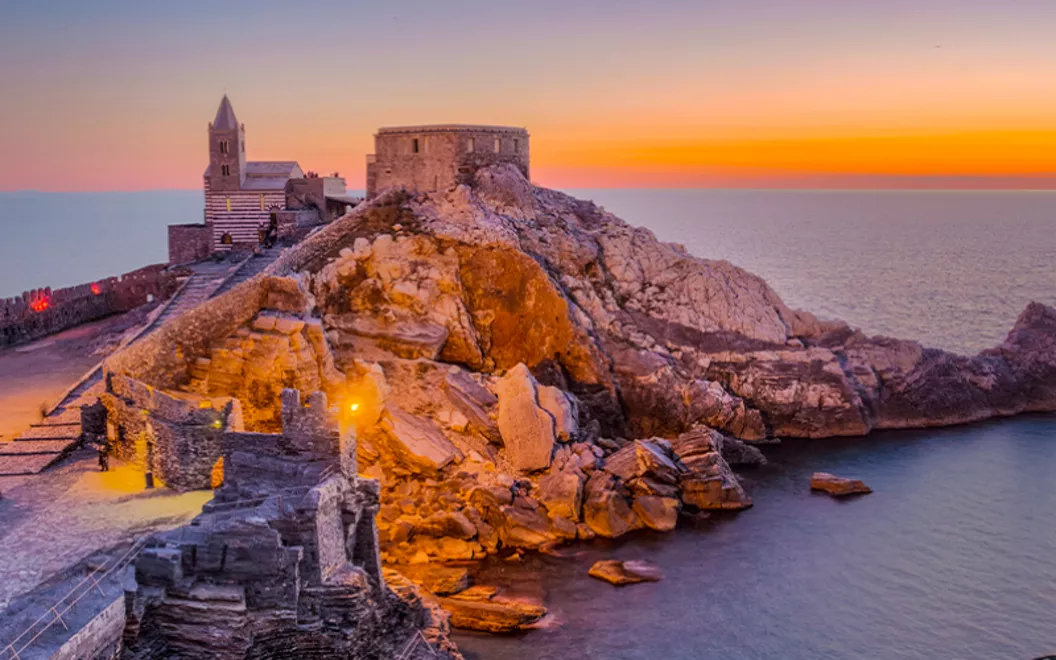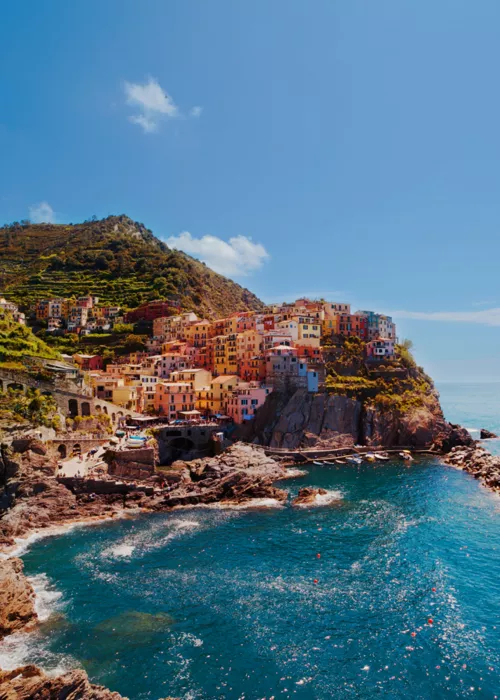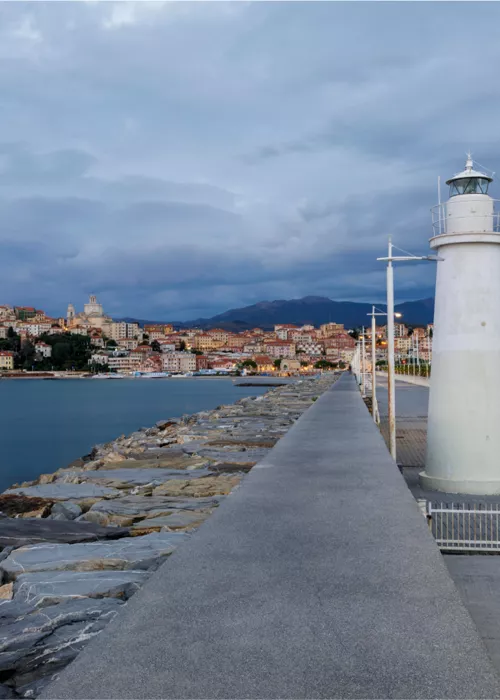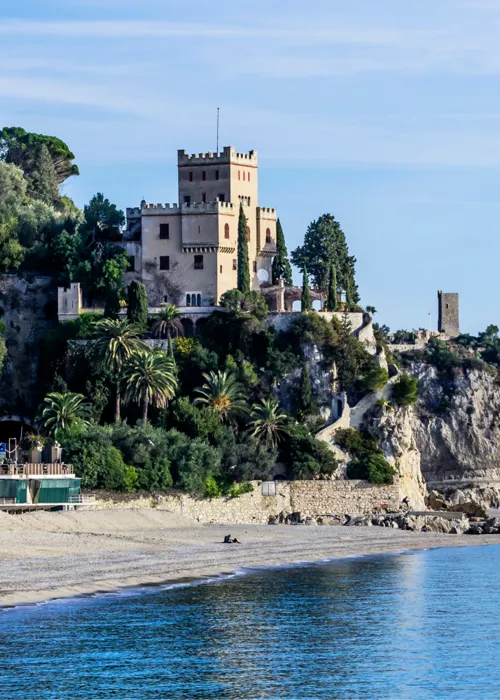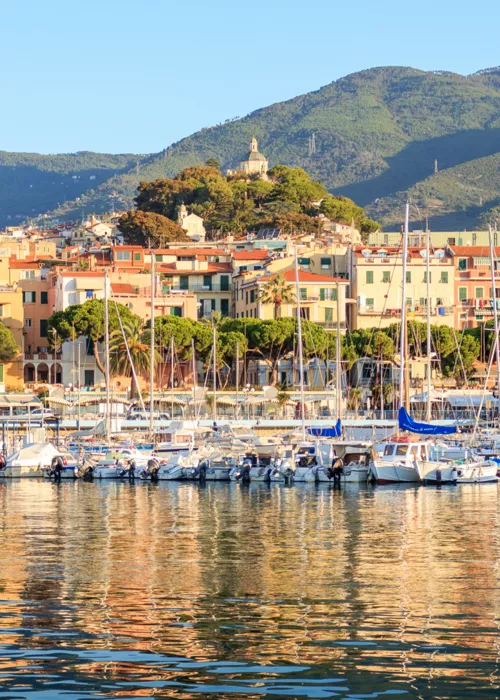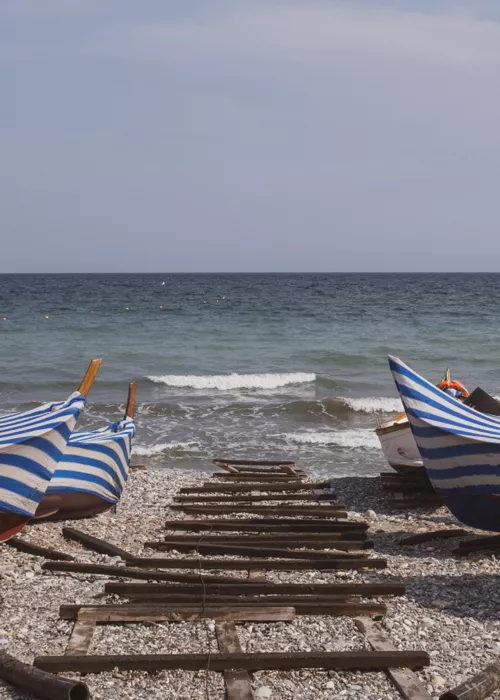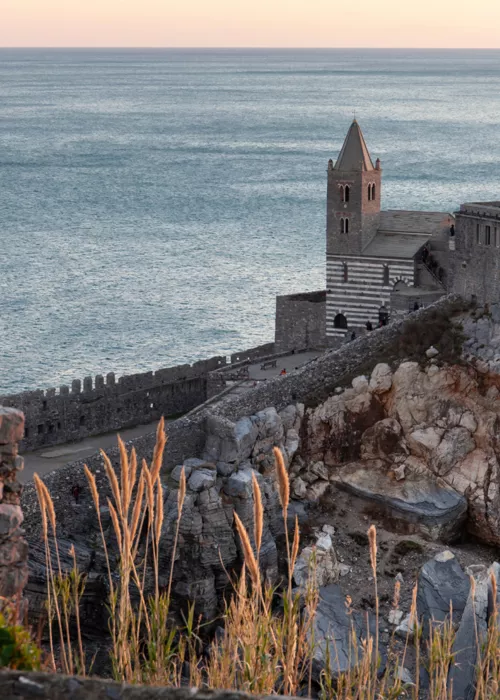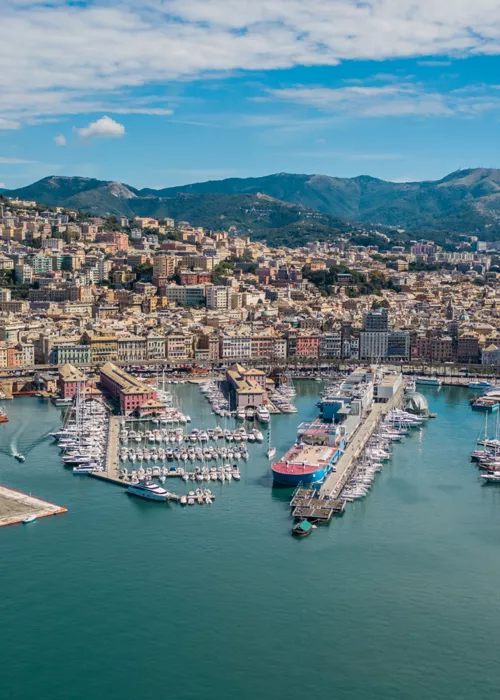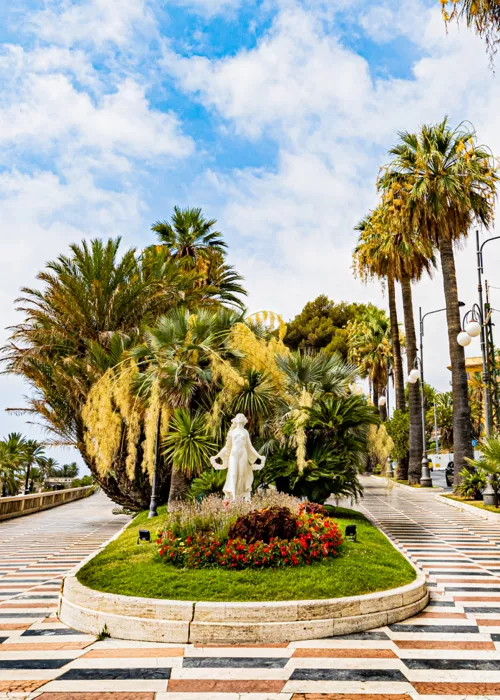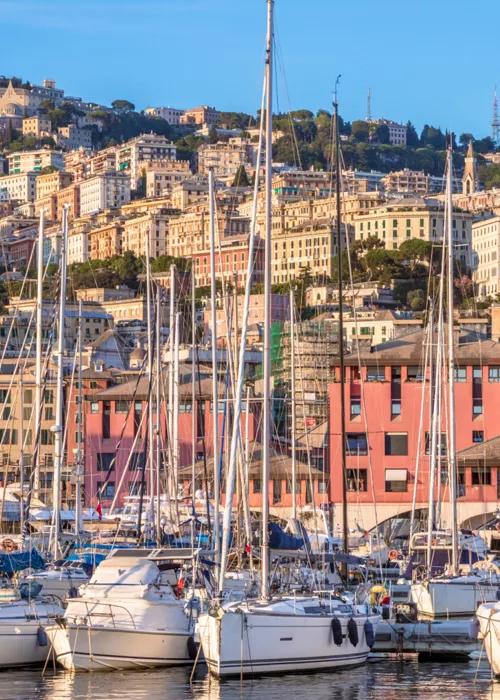Porto Maurizio and Oneglia, the ports of Imperia

Our journey starts in Sanremo, the City of Flowers and home of the Italian Song Festival.
The mild climate all year round and wonderful atmosphere of bygone days made this destination a firm favourite of monarchs, aristocrats and the upper classes, who loved to spend their time here.
In the late 19th century, Tsarina Maria Aleksandrovna and Princess Sissi were visitors to the city. Alfred Nobel, the inventor of the prestigious prize, built his elaborate villa here.
Art Nouveau buildings, the Russian church with its onion-shaped domes, the fabled gardens of Villa Ormond, and some of Italy's best and oldest sailing centres are just a few examples of the intriguing mix of history and modernity that Sanremo has to offer.
One place that's certainly worth a visit is the ancient heart of the city, a district named Pigna ("pine cone") because of the narrow rows of houses built in a concentric pattern within the ancient walls of the medieval village.
Climb up to the Madonna della Costa viewpoint, where you can look across the whole city and its broad expanses of wide, sandy beaches. These are popular with young surfers and have earned two Sails from the Italian Touring Club and Legambiente.
Say goodbye to the City of Flowers and set a 75 degree course, sailing east for about 15 miles, towards Imperia. Along the way, you can admire the medieval tower and gaze across the olive groves of Arma di Taggia, which produce the famous Taggiasche olives that enrich Italian and Ligurian cuisine with their unique flavour. Continuing along the Ligurian coast, you'll catch sight of Imperia. Founded in 1923 through the amalgamation of the municipalities of Porto Maurizio and Oneglia, it contains the history and beauty of these and other towns that gradually gave rise to the present-day city. You can moor at Porto Maurizio, where a vintage sailing event is held every year, or at Oneglia a little further on. Go ashore to buy red prawns at the market under the arcades and pay your respects at the Capohornier monument. And don't miss a visit to Villa Grock.
Savona: sea, history and artistic beauty

The second leg of approximately 37 miles departs from Imperia and heads towards Cape Mele on a 50 degree course. With a little imagination, we try to imagine the sails of the ancient windmills that powered the 'mole' (millstones) that probably gave the promontory its name.
As you round the cape and sail towards Savona, to the left you pass the beautiful villages of Alassio, Albenga and Spotorno, with its Coreallo Tower guarding the village and the coastline. At Cape Noli, the route widens slightly as you head towards Cape Vado, and the Savona breakwater appears. Entering the port, we are greeted by the medieval tower, once part of the fortifications that protected the city and the port.
An ancient centre of the Ligurian Sabazi people, Savona became the main port of Liguria following the Roman conquest. During the mediaeval period, it had to fight against Saracen raids and established relations, not always peaceful, with the Maritime Republic of Genoa.
It reached its true peak of economic and social properity with the advent, on the papal throne, of Popes Sixtus IV (1471-1484) and Julius II (1503-1513) Della Rovere, who supported the city with generous donations.
Later conquered by Genoa in 1528, it shared the fate of the Maritime Republic and, after a period of annexation to France, was definitively annexed to the Kingdom of Sardinia following the Congress of Vienna in 1815.
The numerous events and figures involved enriched the city with countless cultural and artistic treasures. Strolling through the city, you come across sights such as the Sistine Chapel commissioned by Pope Sixtus IV, the Cathedral of Our Lady of the Assumption and the majestic Priamar Fortress. Don't miss the opportunity to enjoy the city beach and stroll along the seafront, perhaps in the evening, sipping a nice glass of Colline Savonesi IGT wine.
Genoa and the Old Port

Return to the waves proceeding on a course of 70 degrees for Genoa. You can decide whether to sail further out or remain close to shore as you enjoy the view of Celle, Varazze, Cogoleto and Arenzano. Moor at the Old Port in Genoa and explore its alleyways.
The power of the ancient Maritime Republic of Genoa can be felt in every corner of the city. During the Middle Ages, the Genoese fleet dominated trade in the Mediterranean, forging trading relations from the Canary Islands to Iraq and from England to Palestine. A visit to the Cathedral and the Ducal Palace will give a sufficient idea of the great splendour the city achieved in the medieval period. Such wealth also favoured the establishment in 1407 of the world's oldest known state depository bank, Banco di San Giorgio, which contributed significantly to the city's prosperity.
You can't leave Genoa without enjoying a stroll in the breezy harbour area, perhaps after a visit to the aquarium, a glass of Corochinato, a typical Genoese aperitif, or delving into the aromas and flavours of the world-famous cuisine: from pesto to focaccia, and from pansoti with walnut sauce to fried cod.
Portofino, a jewel by the sea

Setting sail once more, you'll notice that you are crossing one of the invisible borders of the sea. In eastern Liguria, just beyond Genoa, the landscape and atmosphere change. You begin by heading for the small island of Tino, a tiny Cape Horn. A historical regatta, the Giraglia, is held here. Along the coast, you can admire the colourful little houses in Camogli, among which stands the Minor Basilica of Santa Maria Assunta, the white San Fruttuoso Abbey and Capo dell’Arma, which announces Portofino. Here it is difficult to find a berth, so it's better to stay at anchor. However, it is well worth a stop to enjoy a stroll through theancient village of Portus Delphini and wander through the alleyways steeped in history, admire the numerous churches and climb up to Brown Castle. After enjoying the breathtaking panorama, you can descend to the famous square and enjoy an aperitif in the magical setting of the small harbour.
Cinque Terre, villages and wines

The voyage then continues from Portofino in the direction of La Spezia. You'll encounter the bay of Sestri Levante before reaching Punta Mesco, which heralds the Cinque Terre: Monterosso, Vernazza, Corniglia, Manarola and Riomaggiore. The five characteristic ancient seaside villages, linked by a dense network of paths along a 10 km stretch of jagged coastline and set among hilly terrain with terraces of vineyards and olive groves, are known throughout the world for their rare beauty, celebrated by Shelley, Byron and Montale.
Having reached Portovenere and rounded the islet of Tinetto, you arrive in the Gulf of Poets.
The landing point is in La Spezia, from where you can reach the hilltop villages such as Santo Stefano di Magra or taste the local cuisine enriched by the peculiar culinary traditions of the Cinque Terre: stuffed mussels, anchovies from Monterosso, whitebait fritters, Mesciua soup with cereals and legumes, and the typical pandolce with Sciacchetrà, the Cinque Terre wine.


